JOIN US WHATSAPP
CLICK HERE
JOIN US TELEGRAM
CLICK HERE
TOPIC 5: QUALITATIVE ANALYSIS
The Concept of Qualitative Analysis
The Meaning of Qualitative Analysis
Explain the meaning of qualitative analysis
Qualitative analysis involves determining metals and non metals (or metallic and non-metallic elements) present in a given sample. It is a process used to determine what elements (or radicals) are present in the sample.
Whereas quantitative analysis involves determining how much (quantity) of a substance is present in a sample, qualitative analysis involves identifying what (quality) substances are present in a sample.
Qualitative analysis may be divided into examination of:
- acidic or non-metallic radicals or negative ions;
- basic or metallic radicals, including ammonium ion.
The Importance of Qualitative Analysis in Real Life
State the importance of qualitative analysis in real life
Qualitative analysis has numerous applications. The following are some applications (importance) of qualitative analysis in real life.
Detection of poisonous substances in the environment
Sometimes it may be necessary to find out the chemical composition of contaminants in the environment. This may require the application of qualitative analysis procedures to identify the chemical composition of a given contaminant. Qualitative analysis methods are highly employed by environmental scientists to detect and identify different contaminants in the environment.
Determination of ions present in a chemical substance
This is achieved through dissolution of a substance in distilled water. Then the characteristics of the solution formed serve as a clue to establish the type of elements present in a tested sample. The mixture formed following dissolution of a solid sample may be a clear solution, an emulsion or a precipitate. The solution or emulsion is further analysed to detect the ions present in it. The precipitate is then separated from the filtrate and both are subjected to further tests to identify the kind of elements present.
Determination of the type of gases produced in a chemical reaction
Many chemical reactions are accompanied with evolution of gases, as one of the products of the reaction. In some cases, the smell of the gas may not suffice to detect the gas, especially if the gas is colourless and odourless. In such cases, the gas is subjected to various qualitative analysis tests in order to establish its identify.
Finding the nature and identity of chemical substances
The nature of a chemical substance such as its solubility in water, characteristic smell, flame colour, and the characteristics of its reaction products can be used to identify the chemical substance under test. In this way, the nature and identity of unknown substance can ultimately be known.
Soil analysis
Determination of soil pH
Soils of given pH give specific colours when their solutions are added to certain types of indicators. This procedure is purely qualitative because it involves observation of the change in colour of indicators to determine the pH of the soil. For further details on the measurement of soil pH, read a topic on Soil Chemistry (Chapter Three) in this book.
Determination of soil composition
Qualitative tests are performed to determine the type of minerals contained in a particular soil. Such tests include test for nitrate, sulphate, chloride and phosphate ions. Determination of soil composition gives soil scientists information necessary for conservation.
Application in medical and criminology fields
Qualitative analysis techniques are applied in medical field, for example in carrying out various tests such as testing blood and urine samples, determining the level of blood sugar, pregnancy diagnose and blood grouping. Most of these analytical tests are done to diagnose a wide range of diseases and medical conditions.
For example:
- in detecting the causative agents for typhoid (salmonella typhi), the blood is left to clot, or it is centrifuged in order to separate blood corpuscles from plasma. The plasma is then subjected to various qualitative tests to detect the presence of salmonella typhi.
- in pregnancy diagnosis, a certain chemical is added to urine, where a specific change in colour of the urine confirms whether one is pregnant or not.
Qualitative analysis is also applied in blood grouping, whereby antibodies are added to the blood to determine the blood group. Agglutination of the blood corpuscles when antibodies are added help detect the group of the blood.
Forensic scientists may use qualitative chemical analysis to identify substances left at crime scenes, which can be vital in convicting criminals.
Application in industries
Many industries use qualitative analysis in their efforts to perform better and make quality products.In chemical industries, the products often get contaminated by unknown contaminants. Qualitative tests are done to detect the contaminants. This may be followed by quantitative analysis aiming at finding out the quantity (amount) of the contaminant present.
Qualitative analysis techniques
It is very important to be very keen when performing qualitative analysis tests. Just a small error can cause misinterpretation of the contents of a tested sample. The following are few but important measures that should be observed when carrying out qualitative analysis experiments.
Adding the reagent
After adding the test reagent, make sure the solution is stirred thoroughly. Before making any inference, wait until the solution has completely settled down. Often, additional quantities of the reagent must then be added so that an excess is present.
Avoid contamination
Contamination of the sample or reagent should strictly be avoided. For instance, if the contaminant contains a cation, the test can give misleading positive results. To avoid contamination of the sample and apparatus, the following precautions should be observed:
- All the apparatus should be cleaned and dried thoroughly and must remain clean throughout the experiment.
- Do not lay a glass rod on a dirt laboratory bench as it can get contaminated easily.
- Avoid touching the side of a test-tube with the tip of a dropper. The contaminant can be picked up and transferred to another solution, a fact that would contaminate the solution, thus producing false results.
- Only distilled water from the wash bottle should be used to dissolve the solids. Spring, rain or tap water contains chemicals that can lead to wrong results and conclusions.
Warming up the solution
The solution is warmed by dipping the test-tube containing the solution in a beaker of warm or boiling water (water bath). The test-tube is kept in a water bath for some time, with constant stirring. Then, the solution is tested for the presence of anions or cations contained in it.
Testing the pH of a solution
This is conducted by placing a litmus paper on a clean, dry surface and then pouring a drop of the solution to be tested on it. The colour of the paper is observed and noted while the paper is wet. Once dry, the colour may change or disappear, resulting in wrong interpretation.
Qualitative Analysis Procedures




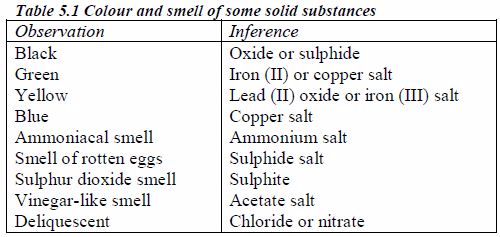
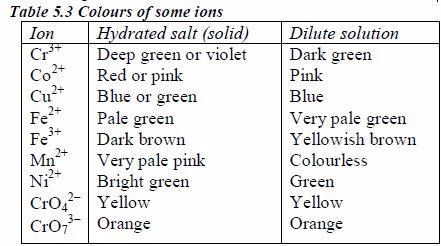
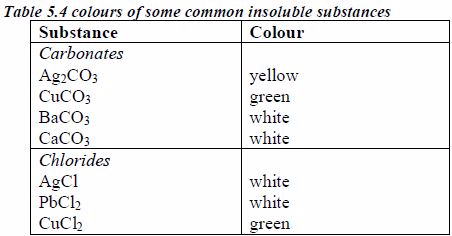
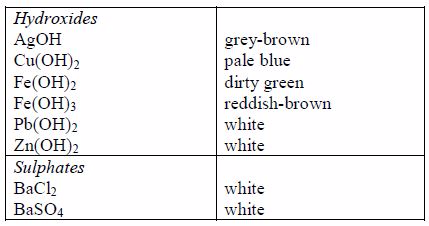

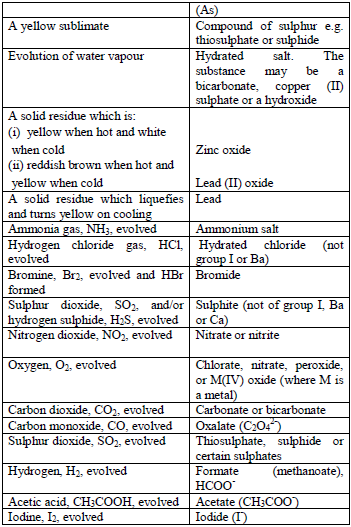

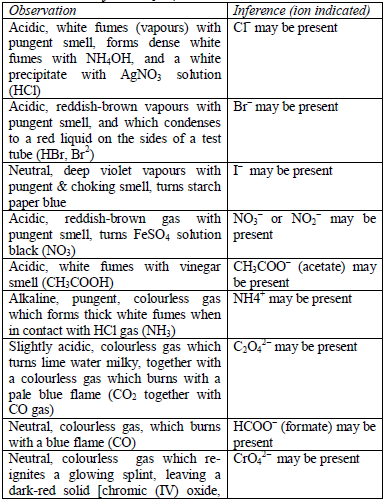

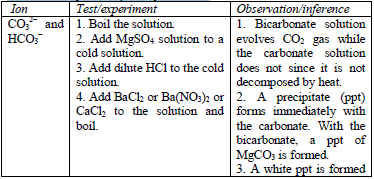
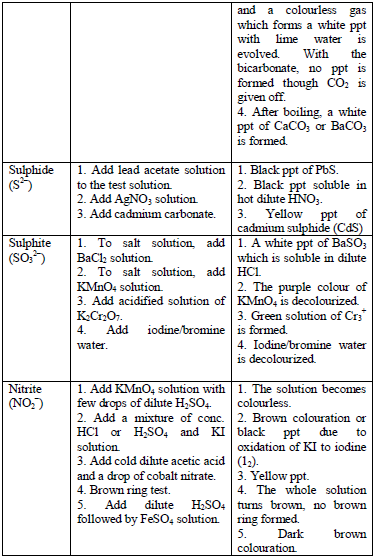
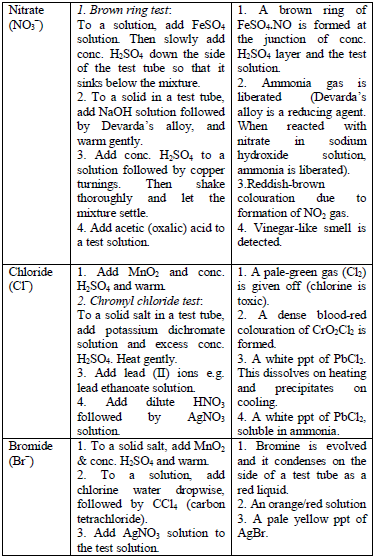
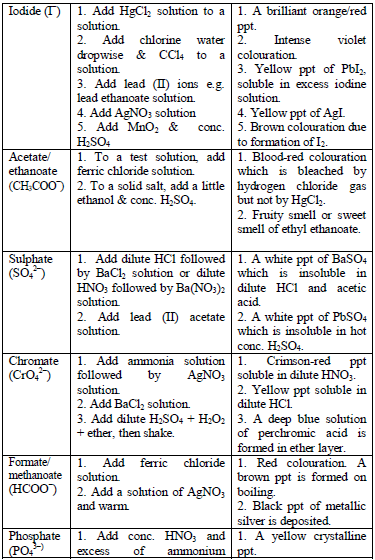
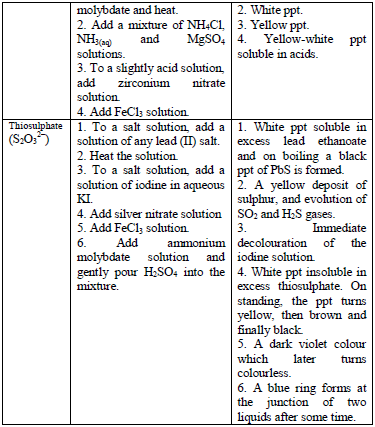
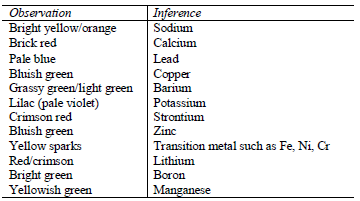


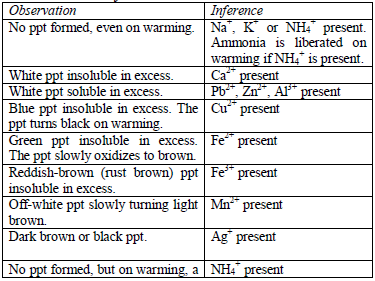

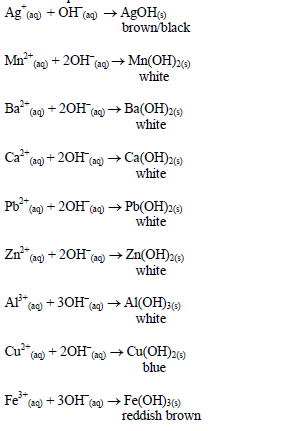


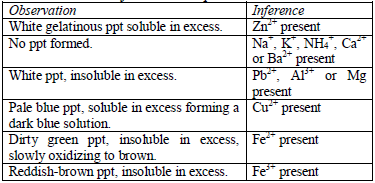


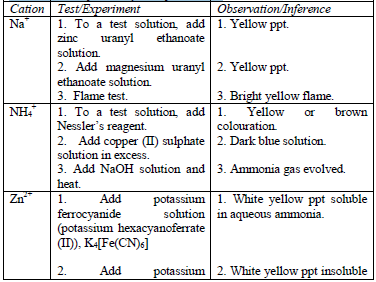
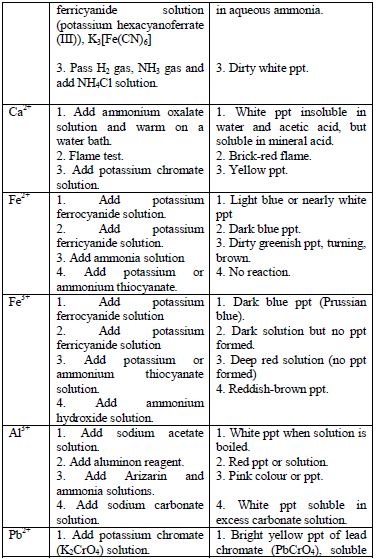
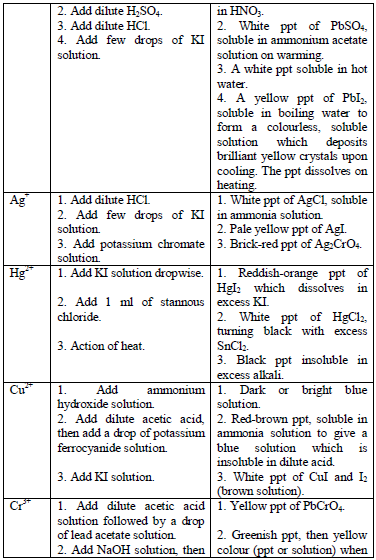
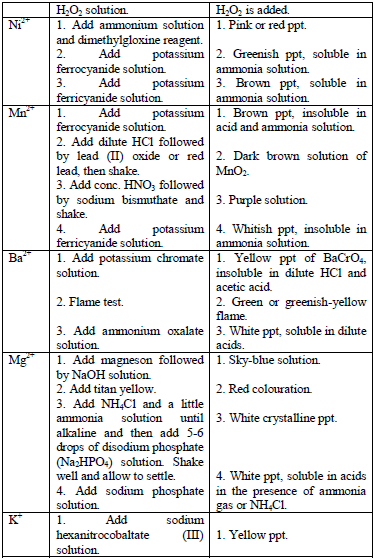

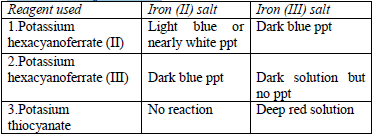
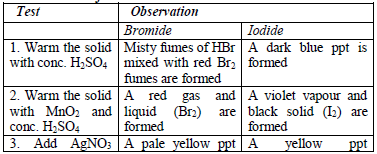

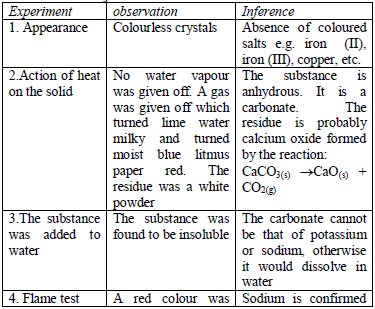


3 Comments
your works are nice
Good content
Good content